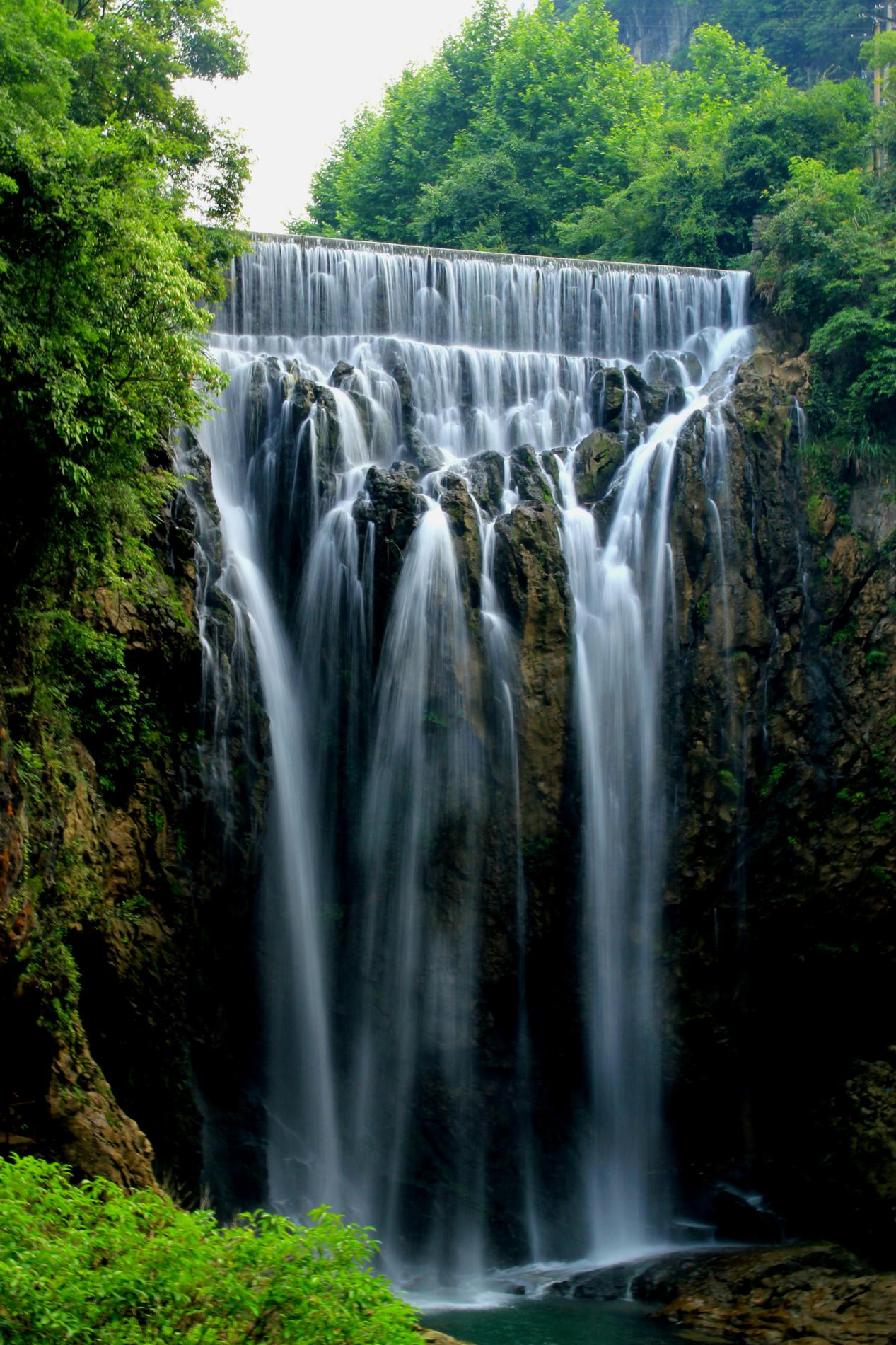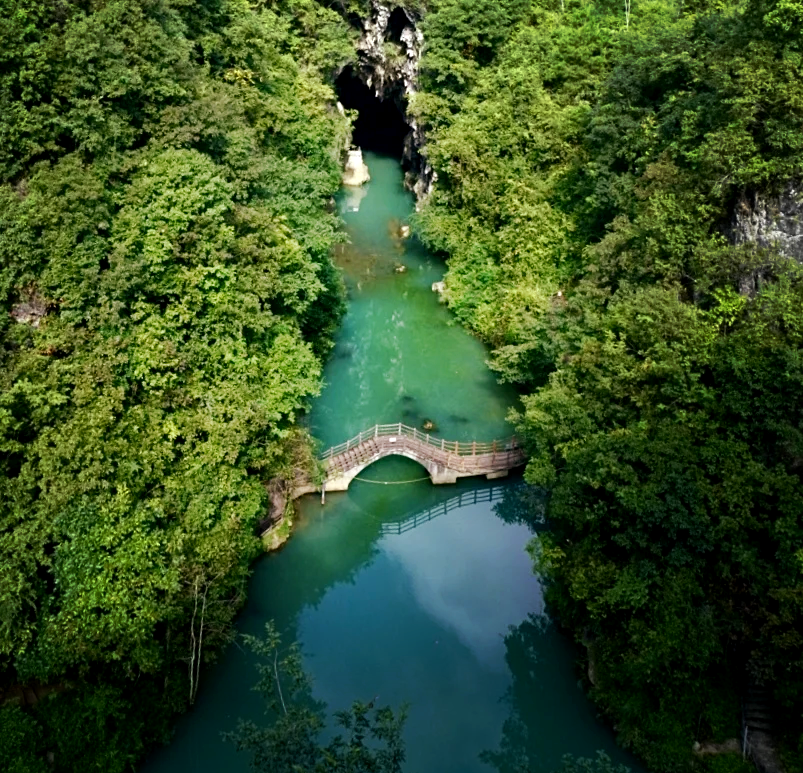Guizhou Suiyang Red Fruit Tree Waterfall | All You Need to Know BEFORE You Go
Location and Overview
The Red Fruit Tree Waterfall, located in Dayucao Township, Suiyang County, Zunyi City, Guizhou Province, is a majestic natural wonder nestled within a lush karst landscape. Approximately 40 kilometers from downtown Zunyi and 150 kilometers from Guiyang, the provincial capital, this waterfall is part of a scenic area that integrates rivers, caves, ancient bridges, and cultural relics into a "living museum" of geological marvels. Unlike its more famous counterpart, Huangguoshu Waterfall, this hidden gem offers a serene and immersive experience, with fewer crowds and a harmonious blend of natural and cultural elements.

Geological Formation and Cultural Significance
Formed over millions of years by the erosive forces of the Kongque River, the Red Fruit Tree Waterfall is a testament to the dynamic processes of karst landform evolution. The river, once an underground stream, carved intricate cave systems through soluble limestone layers, eventually collapsing to reveal the waterfall and its surrounding caves. This geological history is visible in the tilted cave walls and multi-layered caverns within the ara.
Culturally, the waterfall is intertwined with local legends and the daily lives of nearby communities. While not as globally renowned as other Chinese waterfalls, its secluded beauty and the surrounding rural landscapes evoke a sense of timeless tranquility, reflecting the harmony between humans and nature in Guizhou’s countryside.

Core Attractions
The Waterfall and Its Water Curtain Cave
The Red Fruit Tree Waterfall cascades into a pool, creating a misty veil that shrouds a hidden water curtain cave. Visitors can walk behind the waterfall through a narrow path, entering a cool, dimly lit cavern adorned with bizarre rock formations and quiet streams. The temperature inside the cave is about 13°C in summer, offering a refreshing escape from the heat.Karst Caves and Glass Walkway
The area features interconnected karst caves formed by ancient underground rivers. One highlight is the Tianyuan Cave, with it is 倾斜洞壁倾斜洞壁 (tilted walls) and natural skylights. For thrill-seekers, a glass walkway suspended above the landscape provides panoramic views of the waterfall and valleys, perfect for photograph.Surrounding Natural and Cultural Sites
Shuanghe Cave National Geological Park: Known as "Asia’s Longest Cave," this park boasts over 200 kilometers of explored passages, with crystal-clear underground rivers and spectacular stalactites.

Suiyang Crystal Hot Springs: A luxury resort nestled in a bamboo forest, offering therapeutic baths amid serene natural surroundings.

Unique Experiences
Culinary Adventures: Local specialties like charcoal-grilled fish (marinated with secret spices), slow-cooked free-range chicken stew, and handcrafted tofu are must-tries. Seasonal food festivals allow visitors to witness traditional cooking methods and taste authentic Guizhou flavors.
Cave Exploration: Navigate the cool, shadowy caves to discover hidden streams and mineral formations, or join guided tours to learn about the area’s geological history.
Seasonal Highlights: In summer, the waterfall’s mist creates natural air conditioning, while autumn brings vibrant foliage contrasting with the evergreen karst hills.
Practical Information
Transportation:From Zunyi, take a bus to Suiyang County, then transfer to a local vehicle to Dayucao Township. Self-driving is recommended for flexibility; navigate to "Red Fruit Tree Scenic Area" via national highways.
Ticket and Hours: As of 2021, tickets were approximately 60 RMB (discounted during promotions). Opening hours typically run from 8:00 AM to 5:30 PM, but verify updates via official channels.
Accommodation: Options range from budget guesthouses in Suiyang (100–300 RMB/night) to the upscale Crystal Hot Springs Resort.
Tips for Visitors
Wear non-slip shoes for cave and waterfall paths.
Carry cash for small vendors, though electronic payments are widely accepted in the scenic area.
Respect local customs; the area is home to ethnic communities with rich cultural traditions.
Q&A
Best time to visit? Summer offers cool cave temperatures, while autumn showcases colorful landscapes.
How long to spend? Plan 3–4 hours to explore the waterfall, caves, and nearby trails thoroughly.
This waterfall, with its untouched beauty and geological wonders, invites travelers to step off the beaten path and into a world where nature’s artistry takes center stage.
















